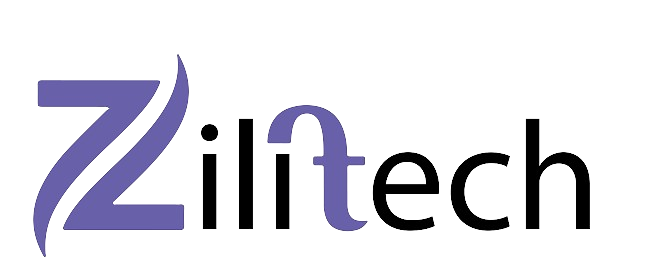Google Ads, formerly known as Google AdWords, is an online advertising platform developed by Google. It allows businesses to create and display ads on Google’s search engine results pages (SERPs), as well as on Google’s network of partner websites (Google Display Network) and YouTube. Here’s a comprehensive overview:
- Campaign Creation: Users start by creating a Google Ads account and setting up campaigns. Each campaign can have multiple ad groups, each targeting a specific set of keywords, demographics, locations, or devices.
- Ad Formats:
- Search Ads: Text-based ads displayed on Google’s search engine results pages (SERPs) when users search for relevant keywords.
- Display Ads: Image or multimedia-based ads shown across websites within the Google Display Network.
- Video Ads: Video advertisements displayed before, during, or after YouTube videos.
- Shopping Ads: Product-based ads that appear on Google’s search results when users search for specific products.
- App Ads: Ads designed to promote mobile apps across various Google platforms.
- Keyword Targeting: Advertisers select relevant keywords or phrases related to their products or services. When users search for these keywords, ads are triggered to appear.
- Bid Management: Advertisers set bids for their ads, indicating the maximum amount they are willing to pay when a user clicks on their ad (Cost-Per-Click or CPC) or for a certain action like impressions (Cost-Per-Thousand or CPM) or conversions (Cost-Per-Action or CPA).
- Ad Auction: Google Ads operates on an auction system, where ads compete for ad placement based on factors like bid amount, ad relevance, landing page experience, and expected click-through rate (CTR).
- Ad Extensions: Additional information or links that can be added to ads to provide more context and encourage user interaction. Common ad extensions include site links, callouts, structured snippets, call extensions, location extensions, and more.
- Quality Score: Google assigns a quality score to each keyword in an advertiser’s account, based on factors like ad relevance, expected CTR, and landing page experience. Higher quality scores can lead to lower costs and better ad placements.
- Conversion Tracking: Tracking the actions users take after clicking on an ad, such as completing a purchase, signing up for a newsletter, or downloading an app. Conversion tracking helps measure the effectiveness of ad campaigns and optimize for better results.
- Audience Targeting: Targeting specific audiences based on demographics, interests, behaviors, or remarketing lists. This allows advertisers to reach users who are more likely to be interested in their products or services.
- Ad Performance Monitoring and Optimization: Regularly monitoring ad performance metrics like CTR, conversion rate, cost per conversion, and return on investment (ROI). Optimization strategies may include adjusting bids, refining ad copy, testing different ad creatives, and targeting options to improve campaign effectiveness.
Google Ads provides powerful tools and features for businesses to reach their target audience, increase brand visibility, and drive relevant traffic and conversions. However, effective campaign management requires continuous monitoring, optimization, and adaptation to maximize results and ROI.


